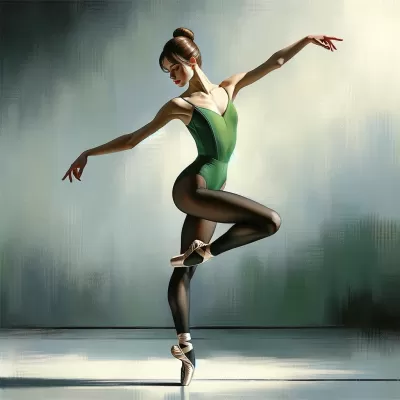Contemporary Ballet: A Fusion of Tradition and Innovation
Introduction
Contemporary Ballet stands as a remarkable fusion of classical ballet and modern dance, representing a versatile and dynamic art form. It is marked by its willingness to break the rules of traditional ballet while maintaining its grace and precision.
What is Contemporary Ballet?
Contemporary Ballet is a genre of dance that blends elements from classical ballet and modern dance. It emerged in the late 20th century, stemming from the core principles of traditional ballet but diverging in its interpretation and execution. This style often incorporates unconventional movements, floor work, and a variety of music and costumes, setting it apart from the strict, structured nature of classical ballet.
History and Evolution
Contemporary Ballet's roots can be traced back to the early 20th century, with pioneers like George Balanchine and Mikhail Baryshnikov contributing significantly to its development. Balanchine, known as the father of American ballet, introduced a neoclassical style that stripped away elaborate costumes and sets, focusing instead on the athleticism and expressiveness of the dancers.
In the latter half of the 20th century, choreographers like Twyla Tharp further pushed the boundaries by incorporating elements of jazz, modern, and even street dance into ballet. This period witnessed the blending of ballet with contemporary dance techniques, leading to a more expressive and fluid style.
Characteristics of Contemporary Ballet
- Technique Fusion: It combines the precision and technical proficiency of classical ballet with the freedom and fluidity of modern dance.
- Music and Costume Diversity: Contemporary ballet does not confine itself to traditional ballet music or costumes. Choreographers often use a wide range of music genres and costume designs.
- Emotional Expression: There is a significant emphasis on storytelling and emotional expression, often conveying complex narratives or abstract concepts.
- Innovative Choreography: Choreography in contemporary ballet tends to be more adventurous, exploring new movements that may not adhere to classical ballet vocabulary.
How it Differs from Traditional Ballet
Unlike classical ballet, which adheres to strict rules of movement and posture, contemporary ballet allows for more freedom, including the use of parallel legs, contractions, and off-balance positions. Music and Theming can be varied and the Visual Presentation may diverge from traditional attire.


